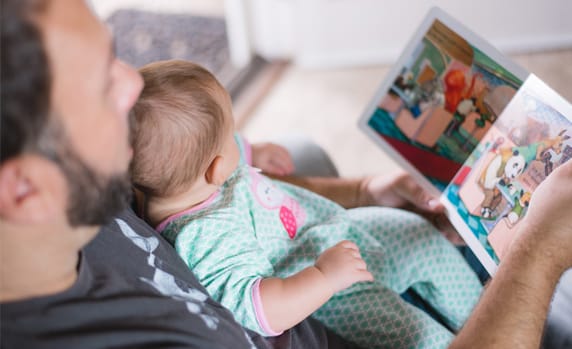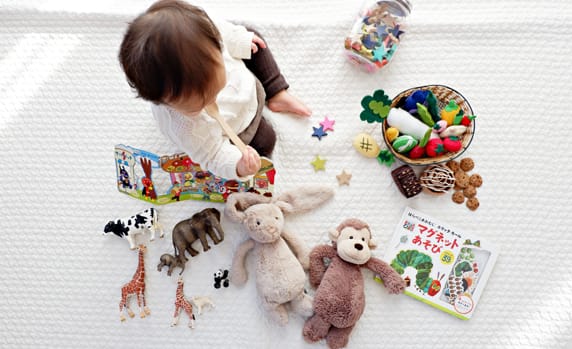Children’s Speech Therapy Apps
 If you’ve ever taken a quick look around, you’ll see that there are TONS of children’s speech therapy apps.
If you’ve ever taken a quick look around, you’ll see that there are TONS of children’s speech therapy apps.
How do we know which ones are actually helpful?
Well, like toys (you know, those old-school things kids used to play with before apps were around), some are better than others…
Here are just a few of our favorite speech therapy apps, with a couple of disclaimers. First and foremost, the most effective way to use any app is to sit and engage with your child while he is playing with it. That being said, we all know there are times when we just need Junior to entertain himself. You know, like when you’re washing the dishes, driving the car, or just enjoying a minute of silence.







 Perhaps you’ve heard of
Perhaps you’ve heard of 